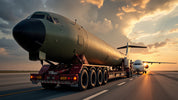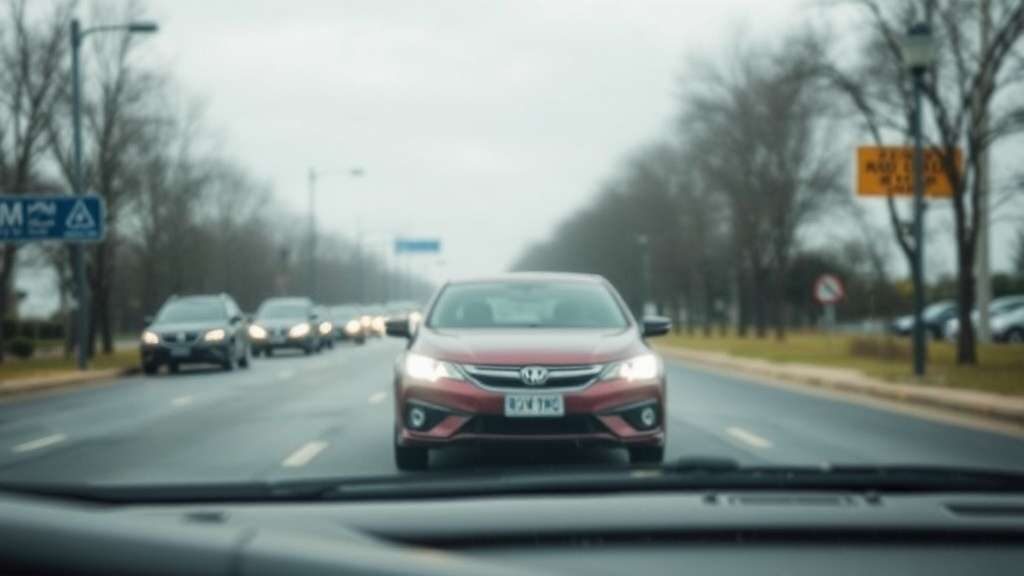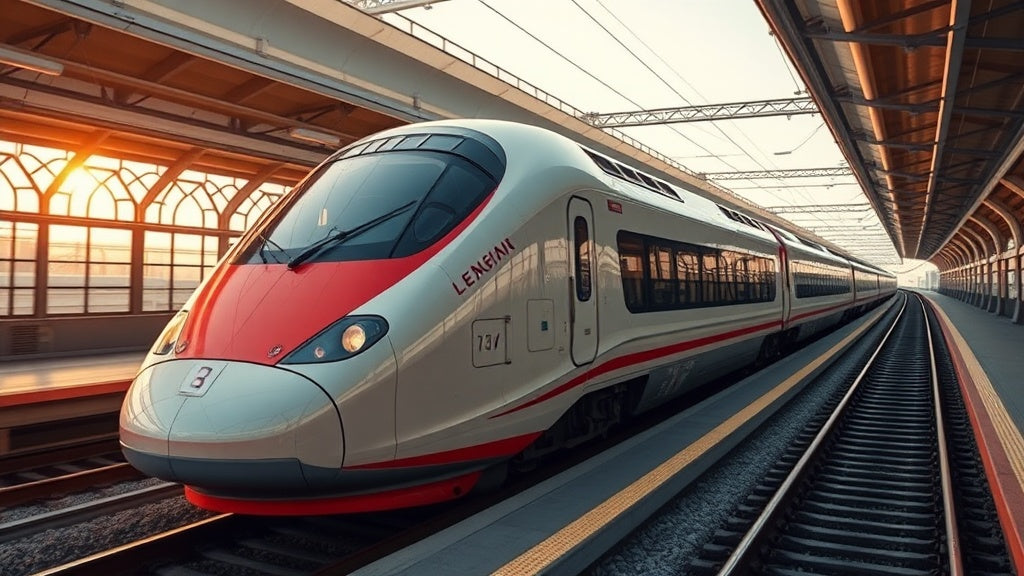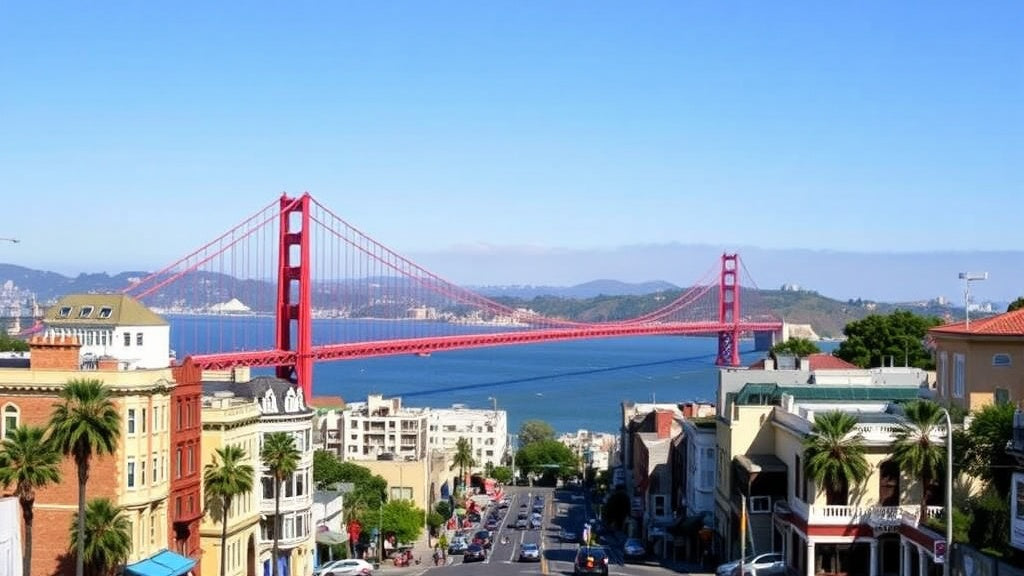
Unveiling America's Top Security Secrets: How Nuclear Weapons are Safely Transported
, by Unboxify, 4 min reading time

, by Unboxify, 4 min reading time
Nuclear weapons are stored in some of the most protected facilities on the planet, ensuring that without proper authorization, no one can get even remotely close to them. However, sometimes nukes have to be transported from one facility to another, meaning that a weapon with the power to destroy an entire city is now rolling right through cities on the same roads we all use every day. This presents an incredible security challenge, so much so that the US government has created an entire agency tasked with this one job. Here's how the US transports nuclear weapons.
What we see here is a convoy, typically used for the transport of nuclear materials. The exact configuration always depends on the route taken and the sensitivity of the nuclear material transported. While not necessarily the case, it is common practice, especially in cities, for the convoy to be accompanied at the front and rear by local police cars. This provides protection and ensures that the vehicles can drive through more densely populated areas without stopping.
The convoy consists of several armored vehicles close to the truck, known as Bearcats. These are bulletproof vehicles that protect agents from attacks and allow them to counteract threats without stepping outside. The federal agents inside are equipped with handguns, shotguns, and assault rifles, offering enough firepower to neutralize any potential threat. In some cases, a powerful machine gun with protective plating is mounted on top, providing even more firepower.
On a typical drive, agents in these cars are busy taking precautions to prevent situations from escalating. All these vehicles serve as rolling communication centers, equipped with audio devices that enable three different levels of communication:
In the unlikely event that additional police are needed, the control center establishes a set of passwords and transmits them to the convoy crew and local police forces arriving on the scene. This ensures that enemies cannot pose as police to gain access to the nuclear cargo.
In the middle of all these cars is the heart of the convoy—the Safeguard transporter. This custom-made vehicle is used to transport nuclear bombs and features multiple layers of security:
The heavy weight of the transporter (25 tons) acts as an advantage, making it difficult to tip over. Additionally, in a serious emergency, small explosives rigged to the axle bar can be detonated to bring the vehicle to a complete stop, making it immovable. If an intruder manages to break into the cargo hold, the transporter can automatically spray a thick foam that impairs movement, effectively sticking the intruder to the ground. If the foam isn't enough, a powerful electric shock can be sent through to knock out any attackers inside.
The entire convoy is also monitored by two US military helicopters prowling the sky, providing a bird's eye view of the mission. With all these measures in place, it's no surprise that the National Nuclear Security Administration has never lost a single weapon en route to base in its entire history.
Transporting nuclear weapons is a Herculean task that combines military force, advanced communication systems, and stringent safety protocols to ensure that these destructive weapons never fall into the wrong hands. This intense level of security showcases the lengths to which the US government goes to protect not only its assets but the safety of citizens.






